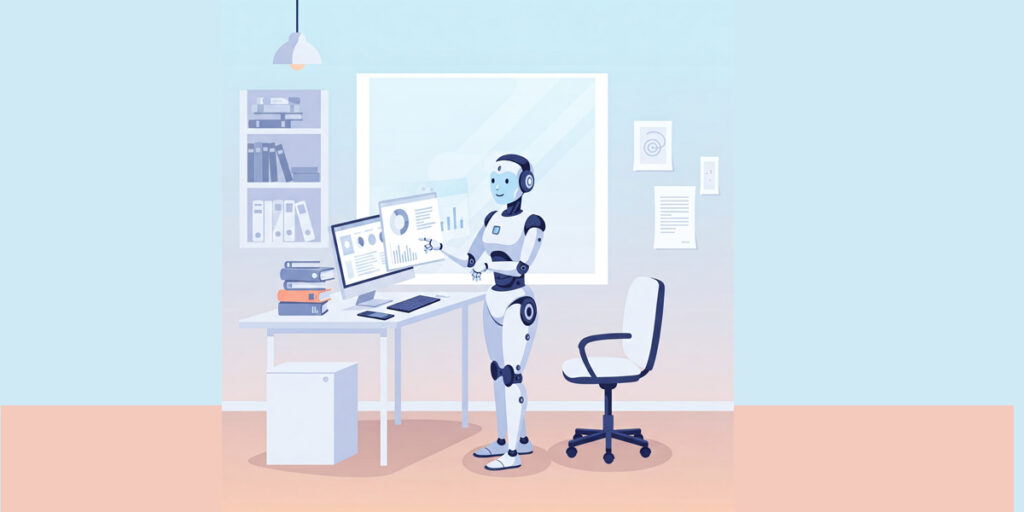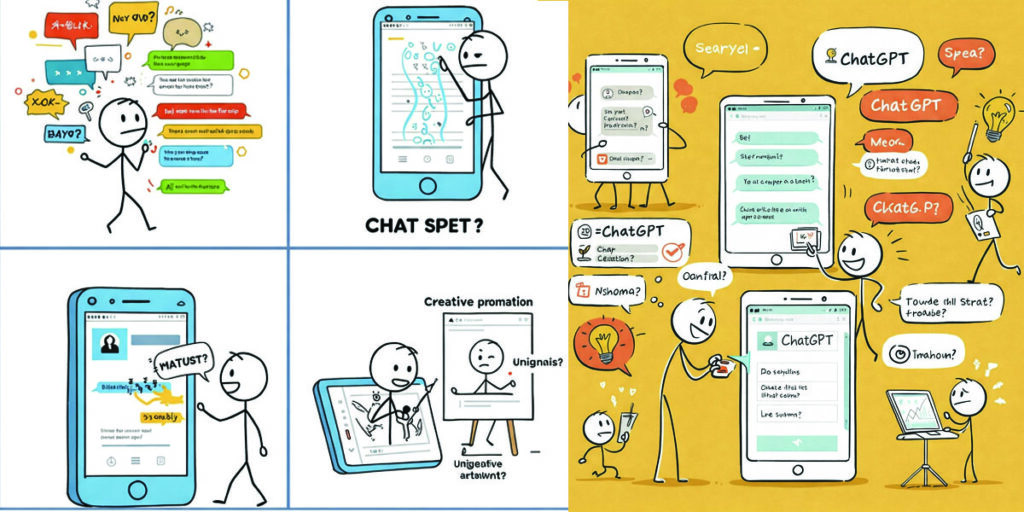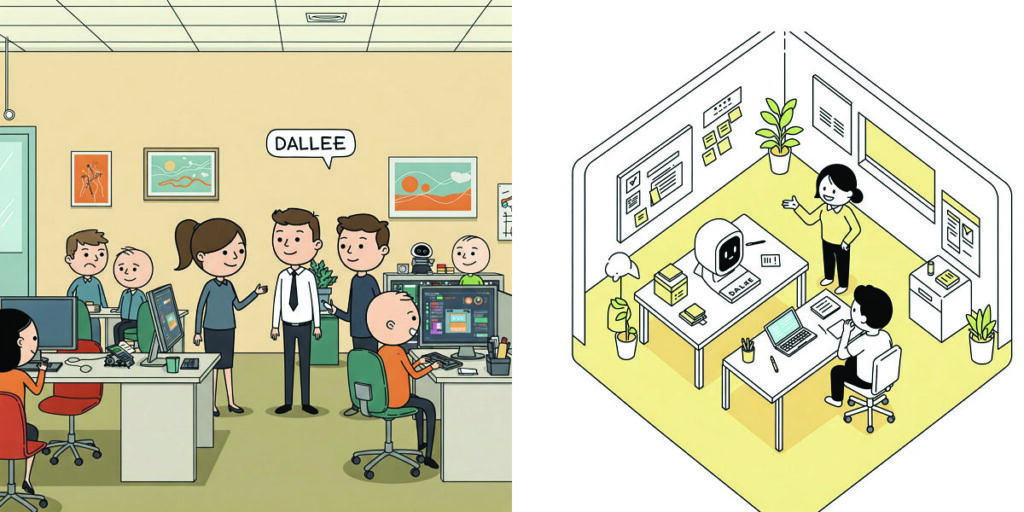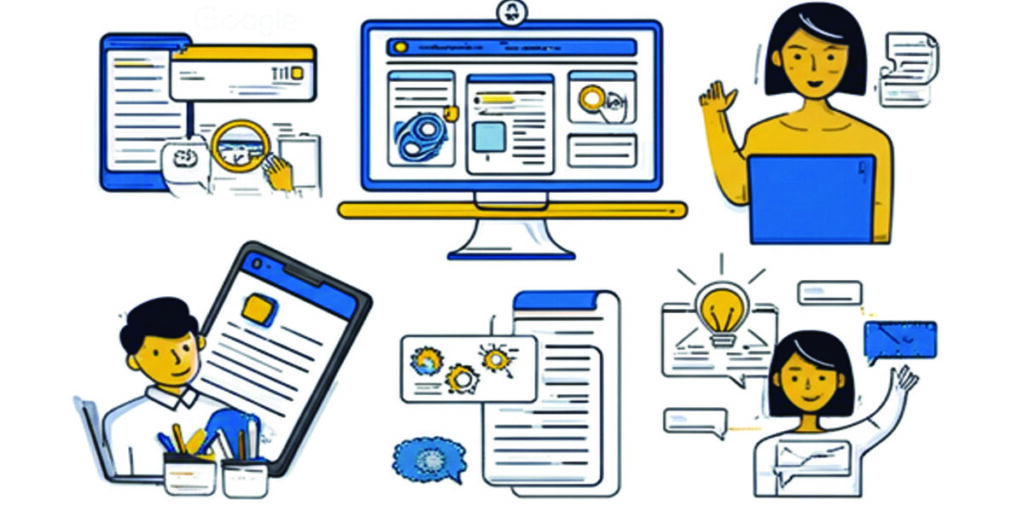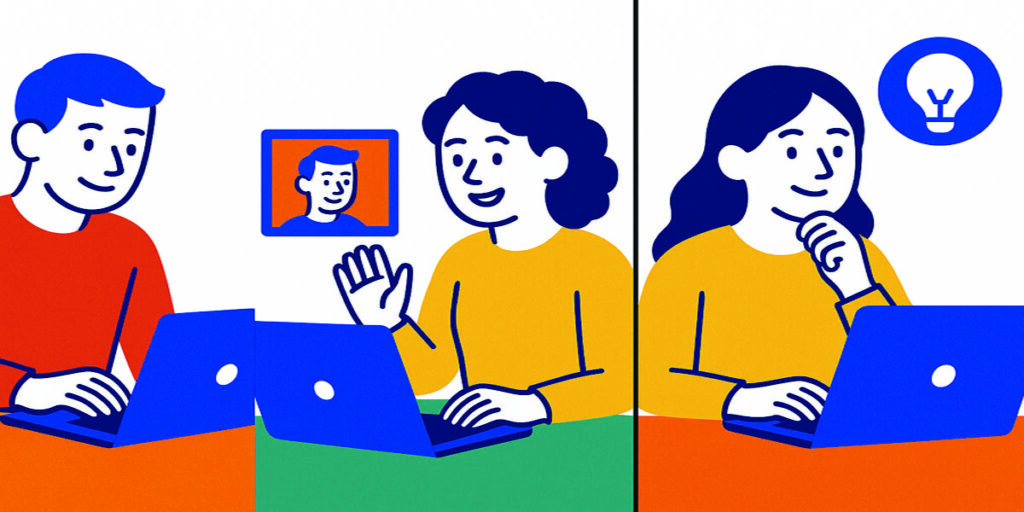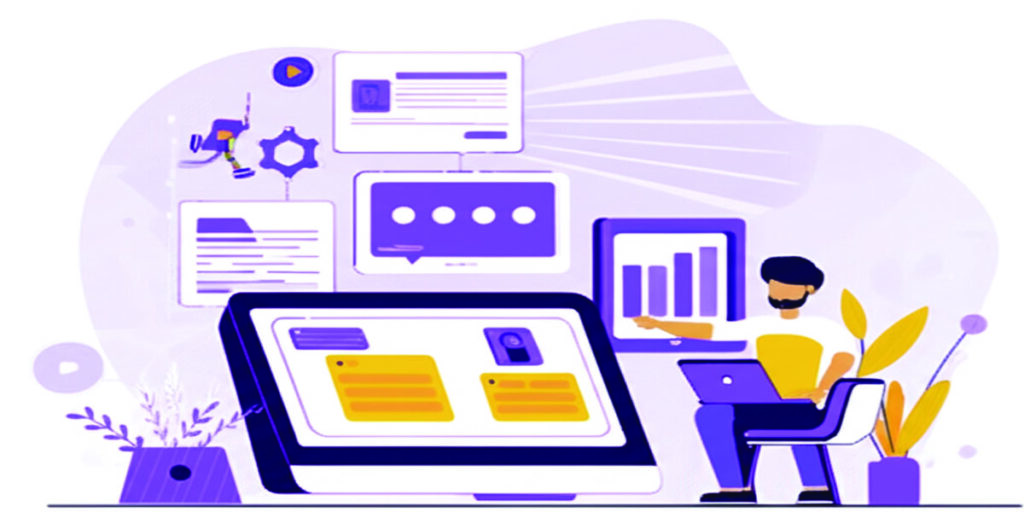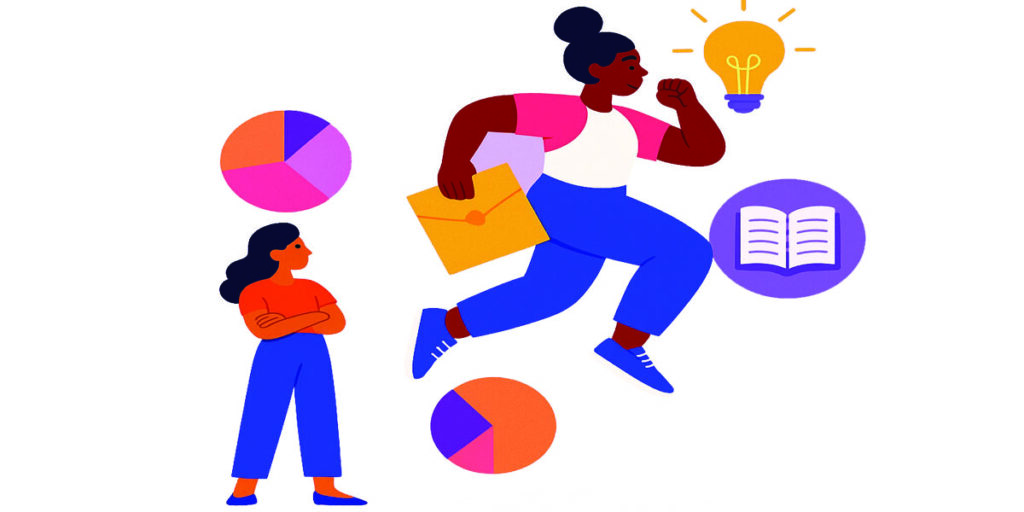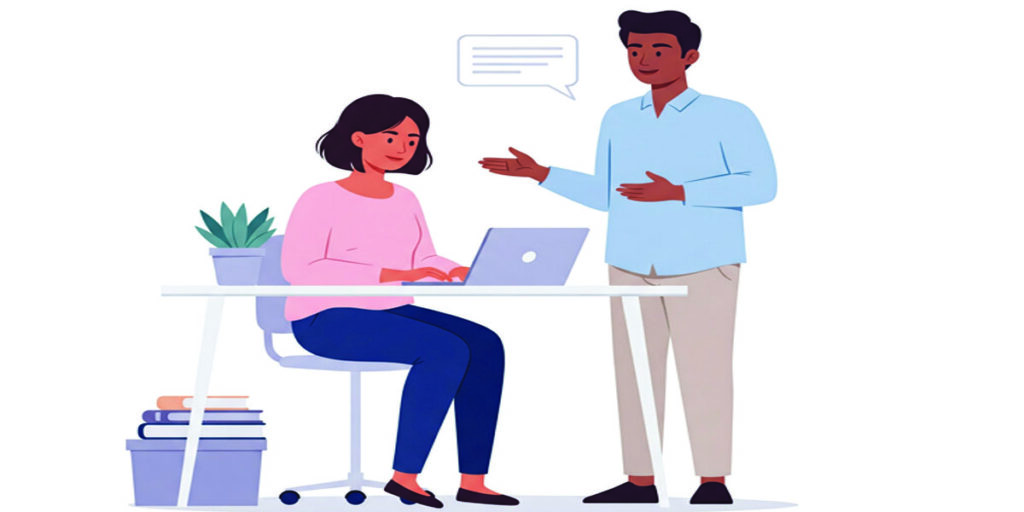AI transcription service for meetings, lectures, and interviews with collaboration features
Otter.ai stands as a prime example of how artificial intelligence can be applied to solve real-world problems and revolutionize fundamental aspects of communication and productivity. As the way we work and interact continues to evolve, tools like Otter.ai will play an increasingly vital role in helping us capture, understand, and leverage the power of the spoken word. Its journey from a simple idea to a comprehensive AI meeting assistant reflects the transformative potential of AI in shaping the future of work and collaboration.
In an era defined by rapid digital transformation and increasingly distributed workforces, the ability to effectively capture, process, and share spoken information has become paramount. Meetings, lectures, interviews, and even casual conversations are rich sources of data and insights, yet historically, extracting and utilizing this information has been a labor-intensive and often inefficient process. Traditional note-taking can be distracting and incomplete, while manual transcription is time-consuming and costly. Enter Otter.ai, a pioneering company that has leveraged the power of artificial intelligence to fundamentally change how we interact with spoken language. By providing accurate, real-time transcription, speaker identification, and robust collaboration features, Otter.ai has carved out a significant niche in the burgeoning market for AI-powered productivity tools, streamlining workflows and enhancing communication for millions of users worldwide.
This article delves into the journey of Otter.ai, exploring its origins and historical milestones, analyzing its position within the dynamic economic market for AI transcription, and detailing the innovative networking and collaboration features that set it apart.
The Genesis of Otter.ai: From Personal Frustration to AI Innovation
The story of Otter.ai begins with a common problem faced by many professionals: the sheer volume of meetings and the struggle to keep track of the information exchanged within them. Sam Liang, the co-founder and CEO of Otter.ai, experienced this challenge firsthand during his time at Google and in his entrepreneurial endeavors prior to founding Otter.ai. Attending numerous meetings each week, Liang found it difficult to capture all the important details, action items, and decisions. This personal pain point sparked the idea for a solution that could automatically and accurately transcribe spoken conversations, freeing individuals from the burden of manual note-taking and allowing them to focus on the discussion itself.
Founded in 2016 initially under the name AISense by Sam Liang and Yun Fu (CTO), both experienced computer science engineers with backgrounds in AI, the company set out to build a sophisticated speech-to-text engine capable of handling the nuances of human conversation. Liang’s prior experience at Google, where he was a lead on the Google Maps location service and instrumental in the creation of the “blue dot,” gave him valuable insight into building scalable, data-driven products that impact a wide user base. His earlier entrepreneurial success with Alohar Mobile, a context-aware platform acquired by Alibaba, further honed his ability to develop and bring innovative technologies to market. Yun Fu, who served as the head of infrastructure at Alohar, brought critical expertise in building robust technical foundations.
The company’s initial focus was on developing the core AI technology for accurate speech recognition and speaker diarization (identifying who said what). Early on, they recognized the potential of applying this technology to the realm of meetings and conversations. A key early milestone was the partnership with Zoom Video Communications in January 2018, which enabled post-meeting transcription of video calls. This integration was prescient, anticipating the massive shift towards virtual meetings that would accelerate dramatically in the following years.
March 2018 saw the debut of the first Otter speech transcription app, making the technology accessible to individual users on both Android and iOS platforms. This was a crucial step in bringing AI transcription out of specialized enterprise settings and into the hands of students, journalists, researchers, and professionals. Later the same year, Otter for Education was launched, specifically tailored as a note-taking tool for college students, highlighting the company’s early understanding of diverse user needs.
In March 2019, the company launched Otter for Teams, an enterprise-focused product offering enhanced collaboration and storage features for organizations. This marked a significant expansion of their target market, moving beyond individual users to cater to the requirements of businesses. By January 2020, operating under the name Otter.ai, the company announced a $10 million Series A funding round led by NTT Docomo Ventures, further fueling their growth and development efforts. This was followed by a substantial $50 million Series B funding round in February 2021, with participation from investors like Horizons Ventures and Spectrum Equity, bringing their total funding to $70 million. These investments provided the capital necessary to scale their technology, expand their team, and enhance their product offerings.
A pivotal development in the product’s evolution was the introduction of Live Notes for Zoom calls in April 2020, allowing users to see the transcript in real-time during the meeting. This feature significantly enhanced the utility of the tool, enabling participants to follow along, highlight key points as they were being discussed, and immediately gain value from the transcription. In February 2023, Otter.ai launched OtterPilot, an AI meeting assistant designed to automate meeting workflows. OtterPilot can automatically join meetings, provide AI-generated summaries, capture slides shared during virtual meetings, and offer real-time, collaborative notes. This represented a significant step towards making the AI not just a transcription tool but an active participant in the meeting process.
Throughout its history, Otter.ai has faced challenges, including the inherent technical hurdles of achieving high accuracy in speech recognition across various accents, dialects, and audio qualities. Data privacy and security have also been critical concerns, especially when handling sensitive meeting content. The company has worked to address these issues through continuous improvement of its AI models and the implementation of robust security measures, though maintaining user trust in handling confidential information remains an ongoing priority in the AI space. Furthermore, convincing potential users to adopt a new method for capturing meeting information and integrating with existing workflows required demonstrating clear value and providing seamless integrations.
From a personal project born out of a need for better meeting management, Otter.ai has evolved into a leading provider of AI-powered transcription and collaboration solutions, fundamentally changing how individuals and teams capture and utilize spoken information.
Navigating the Economic Landscape: The AI Transcription Market
The AI transcription market is a dynamic and rapidly expanding sector, driven by technological advancements in artificial intelligence, particularly in Automatic Speech Recognition (ASR) and Natural Language Processing (NLP). The increasing global adoption of remote work and virtual collaboration tools has acted as a major catalyst for market growth, as has the explosion of multimedia content creation, including podcasts, webinars, and video.
Several factors contribute to the robust growth of the AI transcription market:
- Rise of Remote and Hybrid Work: With teams dispersed geographically, accurate and easily shareable meeting notes are essential for maintaining alignment and ensuring everyone is informed. AI transcription services automate this process, making remote collaboration more efficient.
- Increased Content Creation: The proliferation of audio and video content necessitates efficient ways to transcribe, index, and make this content searchable and accessible. AI transcription tools enable content creators to quickly generate transcripts for subtitles, show notes, and repurposing content into different formats.
- Focus on Accessibility: Providing accurate transcripts makes audio and video content accessible to individuals who are deaf or hard of hearing, as well as those who prefer to consume information by reading.
- Improved AI Accuracy and Speed: Advancements in deep learning and neural networks have significantly improved the accuracy and speed of AI transcription, making it a viable and reliable alternative to manual transcription for many use cases.
- Cost-Effectiveness: Compared to human transcription services, AI transcription is significantly more cost-effective, especially at scale. This makes it accessible to a wider range of users, from individuals to large enterprises.
- Searchability and Analysis: Transcribed text is easily searchable, allowing users to quickly find specific information within long conversations or recordings. AI-powered features are also emerging to summarize, extract action items, and analyze meeting content for insights.
The global market for AI Transcription Software and Service was estimated to be worth approximately $1.78 billion in 2023 and is projected to grow significantly, with some reports forecasting a market size of around $3.91 billion by 2030, exhibiting a Compound Annual Growth Rate (CAGR) of around 12%. Other market analyses suggest a even higher growth trajectory, projecting the market to reach over $30 billion by 2031 with a CAGR of over 14%. These variations in forecasts highlight the rapid evolution and high potential of this market. The United States currently holds a significant share of the market, driven by strong demand across various industries.
The market can be segmented by type (software vs. service) and by application (medical, education, BFSI, legal, media, etc.). While software-based solutions are gaining traction due to the accessibility and affordability of AI tools, the demand for services, particularly in specialized fields requiring high accuracy or specific formatting (like medical or legal transcription), remains strong.
Key players in the AI transcription market include a mix of large technology companies and specialized AI transcription providers. Competitors range from general speech-to-text APIs offered by tech giants like Google Cloud, Amazon Transcribe, and Microsoft Azure, to dedicated transcription services like Rev, Descript, Fireflies.ai, Notta, and Trint. Each competitor offers varying levels of accuracy, features, pricing, and target industries, creating a competitive landscape where providers differentiate themselves through technology, integrations, and user experience.
Despite the promising growth, the market also faces challenges. Limitations in language support for less common languages or dialects, achieving consistently high accuracy in noisy environments or with multiple speakers, and ongoing concerns about data privacy and security are factors that providers must address. The rapid pace of AI development also means that companies must continually innovate to maintain their competitive edge.
Otter.ai’s Strategic Positioning and Economic Impact
Within this competitive landscape, Otter.ai has successfully positioned itself as a user-friendly and feature-rich AI transcription and collaboration platform, particularly popular among individuals, small teams, and educational institutions. Its key differentiators and strategic advantages include:
- Focus on Meetings and Conversations: While other transcription services may cater to broader audio/video transcription needs, Otter.ai has a strong focus on optimizing its technology and features for real-time meetings, lectures, and interviews. This specialized focus allows them to address the specific challenges and workflows associated with these types of conversations.
- Real-time Transcription and Speaker Identification: Otter.ai’s ability to transcribe in real-time and accurately identify different speakers is a core strength, enabling live note-taking and making transcripts easier to follow and review.
- User-Friendly Interface: The platform is known for its intuitive design and ease of use, making it accessible to users without technical expertise.
- Robust Collaboration Features: Otter.ai goes beyond simple transcription by offering features that facilitate teamwork, such as shared workspaces, highlighting, commenting, and assigning action items directly within the transcript.
- Integrations with Popular Meeting Platforms: Seamless integration with Zoom, Google Meet, and Microsoft Teams is a major advantage, allowing Otter.ai to automatically join and transcribe scheduled meetings, streamlining workflows for users who rely on these platforms.
- Freemium Business Model: Offering a free Basic plan with a generous monthly transcription limit allows users to experience the value of the service before committing to a paid subscription. This model is effective for user acquisition and allows individuals and small teams to utilize the service for basic needs.
Otter.ai’s business model is primarily based on a tiered subscription service. They offer several plans tailored to different user needs:
- Basic (Free): Provides a limited number of transcription minutes per month and per conversation, basic features like real-time transcription, and limited file imports. It serves as an entry point for individual users to try the service.
- Pro: Offers increased monthly transcription minutes, longer per-conversation limits, advanced search, export options, and enhanced collaboration features like shared custom vocabulary and speaker tagging. This plan is suitable for professionals and small teams with higher transcription needs.
- Business: Caters to larger teams and organizations with significantly higher transcription minutes, longer per-conversation limits, administrative features like usage analytics, the ability to join multiple concurrent meetings, and unlimited file imports.
- Enterprise: A custom-priced plan designed for large organizations requiring advanced security, compliance, Single Sign-On (SSO), organization-wide deployment, and specialized features like OtterPilot for Sales.
This tiered pricing strategy allows Otter.ai to serve a wide range of customers, from individual students and freelancers to large corporations. The move towards more advanced AI features like OtterPilot and specialized offerings like OtterPilot for Sales indicates a strategy to move upmarket and provide more value to business and enterprise clients, potentially increasing their average revenue per user.
The economic impact of Otter.ai is felt primarily in the realm of productivity and efficiency. By automating the task of note-taking and transcription, Otter.ai frees up valuable time for individuals and teams, allowing them to focus on higher-value activities. Studies and user testimonials often highlight significant time savings and improved focus during meetings. For businesses, this translates into potentially lower costs associated with manual transcription, faster information sharing, and improved decision-making based on easily accessible meeting records.
While specific market share data for Otter.ai within the broader AI transcription market can be difficult to pinpoint definitively, they are widely recognized as a leading player, particularly in the segment focused on meeting transcription and collaboration. Their strong brand recognition, user-friendly product, and strategic integrations with popular communication platforms give them a competitive edge. However, they face significant competition from both established tech giants and other innovative startups in the space, necessitating continuous product development and differentiation.
Enhancing Teamwork: Networking and Collaboration Features
Beyond its core transcription capabilities, Otter.ai distinguishes itself through a robust suite of networking and collaboration features designed to facilitate seamless teamwork and knowledge sharing around spoken conversations. These features transform raw transcripts into dynamic, interactive documents that serve as valuable assets for teams and organizations.
Key collaboration features offered by Otter.ai include:
- Shared Workspaces: Users can create shared workspaces where team members can access and collaborate on transcripts. This centralizes meeting notes and ensures that all relevant stakeholders have access to the information.
- Speaker Identification: Otter.ai automatically identifies and labels different speakers in a conversation. Users can also manually edit speaker names for greater accuracy. This makes it easy to follow who said what during a meeting.
- Highlighting and Annotation: Team members can highlight important sections of the transcript to draw attention to key points, decisions, or action items. They can also add comments and annotations directly within the transcript, providing context or asking clarifying questions.
- Action Item Assignment: Users can identify and assign action items to specific team members directly within the transcript, linking the task to the relevant part of the conversation. This helps ensure accountability and follow-through on decisions made during meetings.
- Searchable Transcripts: All transcripts are searchable, allowing users to quickly find specific keywords, phrases, or topics discussed in past conversations. This is invaluable for recalling information, preparing for future meetings, or onboarding new team members.
- Sharing and Exporting: Transcripts can be easily shared with colleagues or external stakeholders via a link or by exporting them in various formats (e.g., plain text, PDF, .docx, SRT). This flexibility allows teams to integrate Otter.ai transcripts into their existing workflows and documentation.
- Automated Summary and Outline: OtterPilot generates AI-powered summaries and outlines of meetings, providing a quick overview of the key topics and discussion points. This feature saves time by allowing users to quickly grasp the essence of a meeting without reading the entire transcript.
- Integration with Calendar and Meeting Platforms: Otter.ai integrates with popular calendar applications (Google Calendar, Microsoft Outlook) and video conferencing platforms (Zoom, Google Meet, Microsoft Teams). This allows OtterPilot to automatically join scheduled meetings, record and transcribe them, and make the transcript available to participants.
- Integrations with Productivity Tools: Otter.ai is expanding its integrations with other productivity and collaboration tools like Slack, Notion, Asana, Jira, HubSpot, and Salesforce. These integrations enable seamless flow of information, such as pushing transcripts and summaries to project management tools or CRM systems.
- Otter AI Chat: This feature allows users to chat with the AI assistant and teammates within the context of the meeting transcript. Users can ask the AI questions about the meeting content, generate summaries, or draft follow-up emails based on the discussion.
These collaboration features are particularly valuable in remote and hybrid work environments where asynchronous communication and shared access to information are crucial. They enable teams to:
- Stay Informed: Team members who cannot attend a meeting can quickly catch up by reviewing the transcript and summary.
- Improve Meeting Productivity: By automating note-taking, participants can be more present and engaged during the meeting.
- Streamline Follow-up: Action items are clearly documented and assigned, facilitating efficient follow-up and accountability.
- Create a Centralized Knowledge Base: Transcripts of important meetings and discussions form a valuable, searchable knowledge base for the team or organization.
- Enhance Onboarding: New team members can quickly get up to speed by reviewing transcripts of past relevant meetings.
The focus on these collaboration features has been a key driver of Otter.ai’s adoption within teams and businesses, moving it beyond being a simple transcription tool to a comprehensive meeting assistant and knowledge-sharing platform.
The Technology Underpinning Otter.ai: AI and Machine Learning
The capabilities of Otter.ai are built upon sophisticated artificial intelligence and machine learning technologies, primarily focusing on Automatic Speech Recognition (ASR) and Natural Language Processing (NLP).
- Automatic Speech Recognition (ASR): This is the core technology that converts spoken language into written text. Otter.ai utilizes advanced deep learning models trained on massive datasets of audio and corresponding text to achieve high accuracy in transcription. These models are designed to handle variations in accents, dialects, speaking styles, and background noise, although accuracy can still be impacted by audio quality and complexity.
- Speaker Diarization: This technology identifies and separates the speech of different speakers in a conversation, assigning a label to each speaker in the transcript. This is crucial for making meeting transcripts easy to follow and understanding who contributed what to the discussion.
- Natural Language Processing (NLP): NLP techniques are used to understand the meaning and context of the transcribed text. This enables features like generating summaries, identifying action items, extracting keywords, and enabling the Otter AI Chat functionality. NLP helps the AI go beyond simple word-for-word transcription to derive meaning and structure from the conversation.
- Machine Learning for Continuous Improvement: Otter.ai’s AI models are continuously trained and refined using new data, allowing them to improve their accuracy over time and adapt to evolving language patterns and technical jargon. User corrections to transcripts also contribute to the learning process, helping the AI improve its understanding of specific voices and terminology.
Ensuring the security and privacy of user data is paramount, given the sensitive nature of many conversations transcribed by Otter.ai. The company employs various security measures to protect user recordings and transcripts, including encryption and access controls. However, as with any cloud-based service handling personal or confidential information, users should be aware of the company’s privacy policy and security practices. Incidents in the past have highlighted the importance of clear policies and user control over their data.
The continuous advancement of AI technology is both an opportunity and a challenge for Otter.ai. As ASR and NLP models become more accurate and capable, Otter.ai can enhance its existing features and develop new ones. However, it also means that competitors are leveraging similar advancements, requiring Otter.ai to stay at the forefront of AI research and development.
The Future of Otter.ai and AI Transcription
The future of Otter.ai and the broader AI transcription market appears bright, driven by ongoing technological innovation and the increasing demand for efficient communication and knowledge management tools.
For Otter.ai, potential future developments could include:
- Enhanced Multilingual Support: Expanding support for a wider range of languages and dialects will be crucial for global growth.
- More Sophisticated AI Features: Further development of AI features like sentiment analysis, topic modeling, and more advanced conversation intelligence could provide deeper insights from meeting data.
- Vertical-Specific Solutions: Tailoring features and vocabulary to specific industries like healthcare, legal, or finance could enhance accuracy and utility for users in these sectors.
- Improved Integration Ecosystem: Deeper and broader integrations with a wider array of productivity, CRM, and project management tools will further embed Otter.ai into existing workflows.
- Real-time Translation: Integrating real-time translation capabilities would be a significant advancement, enabling seamless communication across language barriers in meetings.
- Advanced Security and Compliance: As enterprise adoption grows, investing in advanced security certifications and compliance features will be essential.
- Expansion into New Use Cases: Exploring applications beyond traditional meetings, such as transcribing and analyzing customer support calls, sales interactions, or focus group discussions.
The AI transcription market as a whole is expected to continue its rapid growth trajectory. As AI technology becomes more ubiquitous and affordable, the adoption of AI transcription services will likely increase across various industries and use cases. The focus will likely shift from basic transcription to more advanced features that provide actionable insights and automate workflows around spoken information. The lines between transcription, note-taking, meeting assistance, and conversation intelligence tools will likely blur further.
However, the future also holds challenges. Maintaining high accuracy across diverse audio conditions and languages remains a technical hurdle. Addressing ongoing concerns about data privacy, security, and the ethical implications of recording and analyzing conversations will be critical for building user trust and ensuring responsible deployment of this technology. Competition will continue to be fierce, requiring constant innovation and differentiation.
Conclusion
Otter.ai has successfully navigated the early stages of the AI transcription revolution, transforming a personal frustration into a widely used productivity tool. By focusing on accurate, real-time transcription, robust collaboration features, and seamless integrations with popular communication platforms, Otter.ai has established a strong position in the growing market for AI-powered meeting and conversation intelligence.
The company’s history is a testament to the power of identifying a common problem and leveraging cutting-edge technology to provide an elegant solution. Their strategic investment in AI research and development, coupled with a user-centric approach to product design and a flexible business model, has driven their growth and adoption.
Economically, Otter.ai operates within a vibrant and expanding market. The increasing reliance on remote work, the proliferation of digital content, and the continuous improvement in AI accuracy are all tailwinds for the AI transcription sector. While competition is intense, Otter.ai’s focus on meeting-specific features and collaboration gives it a distinct advantage.
The networking and collaboration features offered by Otter.ai are not merely add-ons; they are integral to its value proposition, transforming raw transcripts into collaborative documents that enhance teamwork, improve information sharing, and boost overall productivity. These features are crucial for businesses and teams seeking to maximize the value of their conversations.
Looking ahead, the future of Otter.ai and AI transcription is promising. Continued advancements in AI, expanding language support, and deeper integrations will likely unlock new possibilities and applications for this technology. However, navigating challenges related to accuracy, privacy, and competition will be essential for sustained success.
